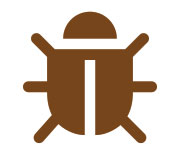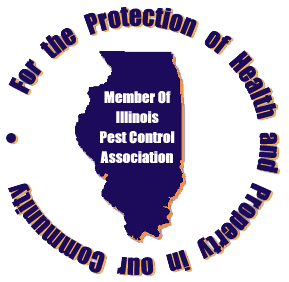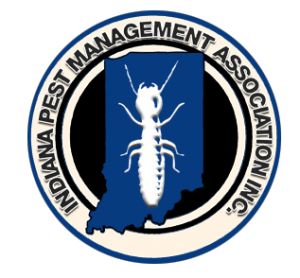Of all the insects that are commonly noted in our area, few are more prevalent than the small pavement ant. They are subterranean (their colonies exist below ground) and they are widely dispersed in a variety of soil types throughout the Midwest.
In the spring, fall and summer they can easily be seen outside in limitless quantities building ant hills on sidewalks, driveways, parking lots and in yards. These exterior infestations are typically a non-issue for most people who seldom identify this activity as troublesome. It is when these insects and their sand mounds occur indoors that occupants of homes and commercial buildings take exception.
For the most part small ants become problematic in “slab on grade” structures (no crawl space or basement.) Examples include but are not limited to, the main levels of small homes, apartment buildings, schools, churches, hospitals, assisted living facilities, professional buildings, restaurants, etc. The ants live in the soil directly below the floor and forage inside through expansion cracks in the concrete that allow them access into the main level.
Expansion cracks may be found in the following areas:
1.) All along the base of interior perimeter foundation walls (walls with windows.) The concrete floor must be poured separately from these walls during construction to allow for contraction and expansion as temperatures rise and fall. Small ants as well as the sand they bring with them will most typically be noted along these walls around the baseboards.
2.) In large slab buildings there are interior expansion cracks where separate sections of concrete are poured up to one another. These cracks exist in the interior areas of the building away from the perimeter walls.
3.) Areas where sub slab utility lines penetrate the concrete (plumbing lines, electrical lines, ductwork, etc.)
Every spring warming temperatures and moist soil conditions induce small ants to emerge from their winter slumber and reach peak levels of activity. This is the time of year when they aggressively search for food sources and can be easily seen foraging from ground level onto window sills, kitchen cabinets, sinks and counter tops. Often this activity involves extremely large numbers of ants which motivates the occupants of the house or building to hire a pest control professional.
Controlling small ants presents challenges since we do not have direct access to the colony. Other insects such as carpenter ants, spiders, wasps, ground beetles, etc. live above ground and are more accessible/vulnerable to our various treatment methods. Treating for small ants involves the use of attractive gel baits and slow acting liquid insecticides, the active ingredients of which are transported by the foraging worker ants to the remainder of the colony. Excellent control is typically the norm but a bit more patience is required from the client as the insecticides slowly take action within the colony.
We recommend supplementing the interior service with a very thorough exterior treatment as well to control exterior populations. This application is rendered with our truck mounted “power spraying” equipment and will provide the added benefit of preventing numerous other insects which are also at peak levels of activity, from foraging into building.








